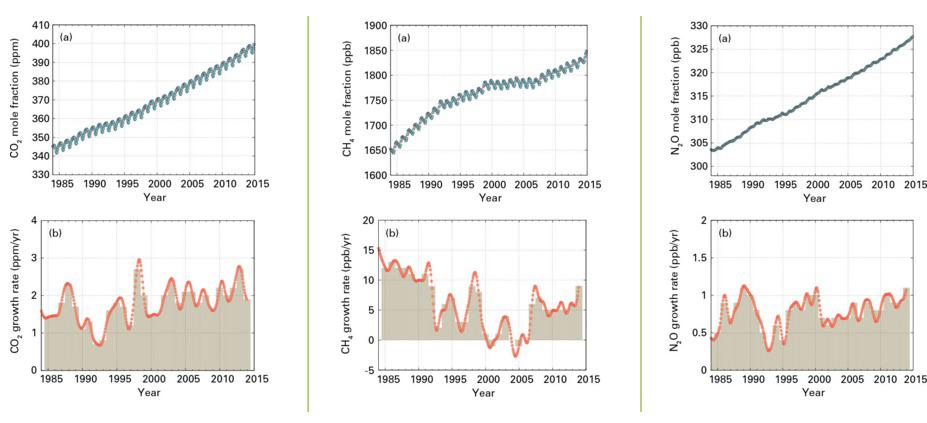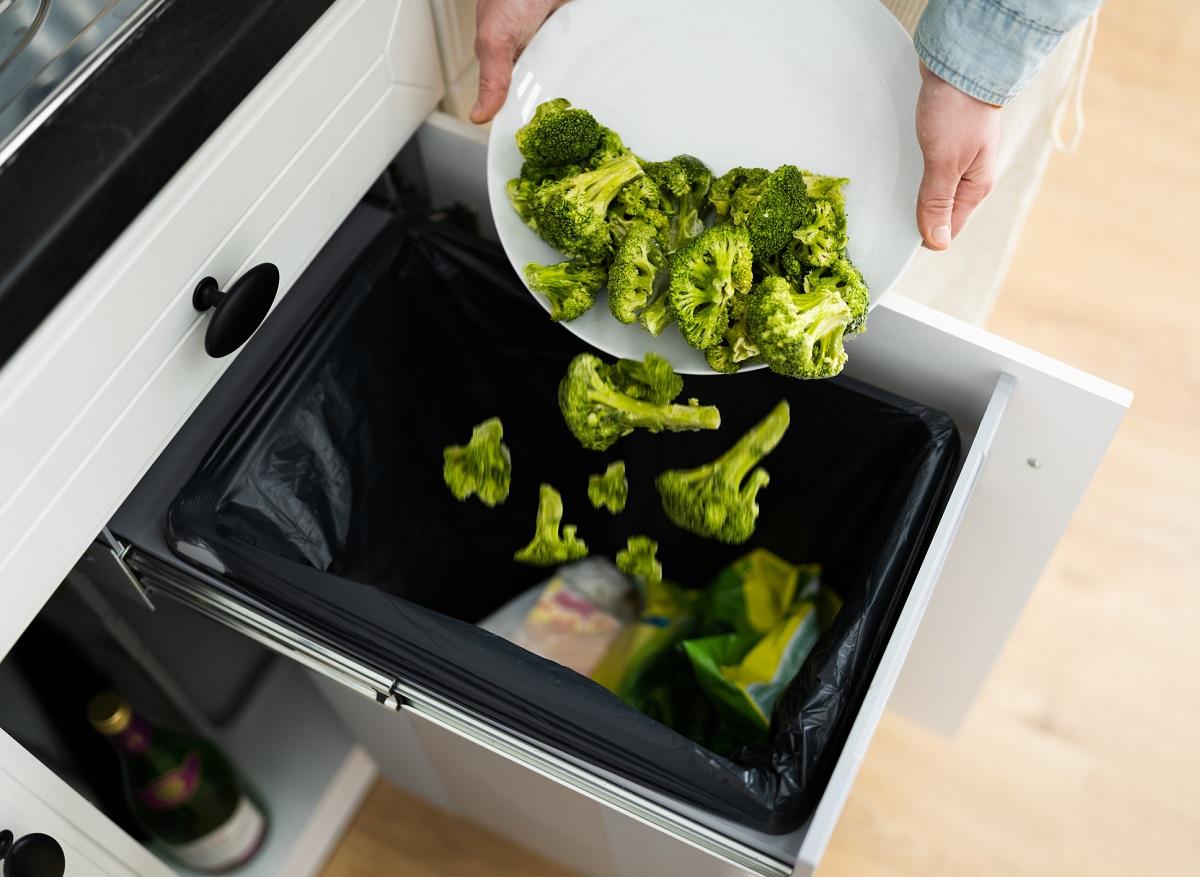Record levels of carbon dioxide, methane and nitrous oxide were recorded in the atmosphere in 2014.

The data is not reassuring. Three weeks before COP21, the World Meteorological Organization (WMO) publishes its report annual report on greenhouse gas concentrations, emissions into the atmosphere of which reached an all-time high this year.
Indeed, according to the observations of the UN agency, the levels of carbon dioxide, the main persistent greenhouse gas, are dangerously approaching the symbolic threshold of 400 parts per million (ppm). Thus, each year shows a new record since the keeping of reliable statistics from 1984.
Invisible threat
In 2014, the average CO2 content of the atmosphere reached 397.7 ppm. That same year in the northern hemisphere, CO2 concentrations exceeded 400 ppm during the spring, the time of year when this gas is most abundant. In the boreal spring of 2015, the global average concentration of this gas passed the bar of 400 ppm.
“We do not see CO2,” WMO Secretary General Michel Jarraud warned. However, it is an invisible but very real threat, which results in higher global temperatures, an increase in extreme phenomena – heat waves and floods in particular -, melting ice, rising sea levels and ocean acidification. This is the reality today: we are moving into uncharted territory and the machine is racing at a frightening rate. “
Methane: 254% increase
But CO2 is not the only gas that destroys our ozone layer. Methane, the second sustainable greenhouse gas, also reached a new concentration record, at 1,833 ppm in 2014, according to the report.
While 60% of methane emissions are caused by human activity, including animal husbandry, rice cultivation or the exploitation of fossil fuels, the agency notes an increase in atmospheric concentrations of this gas by 254%. from the levels of the pre-industrial era.
Nitrous oxide, whose climate impact over 100 years is 298 times greater than CO2, recorded a concentration of 327.1 parts per billion last year, or 121% of its levels. from before the industrial age. 40% due to human activity, these nitrous oxide emissions come mainly from fertilizers and various industrial processes.

Evolution of the average value, on a global scale, of the molar fractions of CO2 (carbon dioxide), CH4 (methane) and N2O (nitrous oxide) and their rate of increase between 1984 and 2014. Source: WMO
“Every year greenhouse gas concentrations break new records, and every year we repeat that time is running out. It is NOW that we must act to radically reduce greenhouse gas emissions and so that we have a chance to contain the rise in temperatures to a reasonable level, ”concludes the agency.
.















